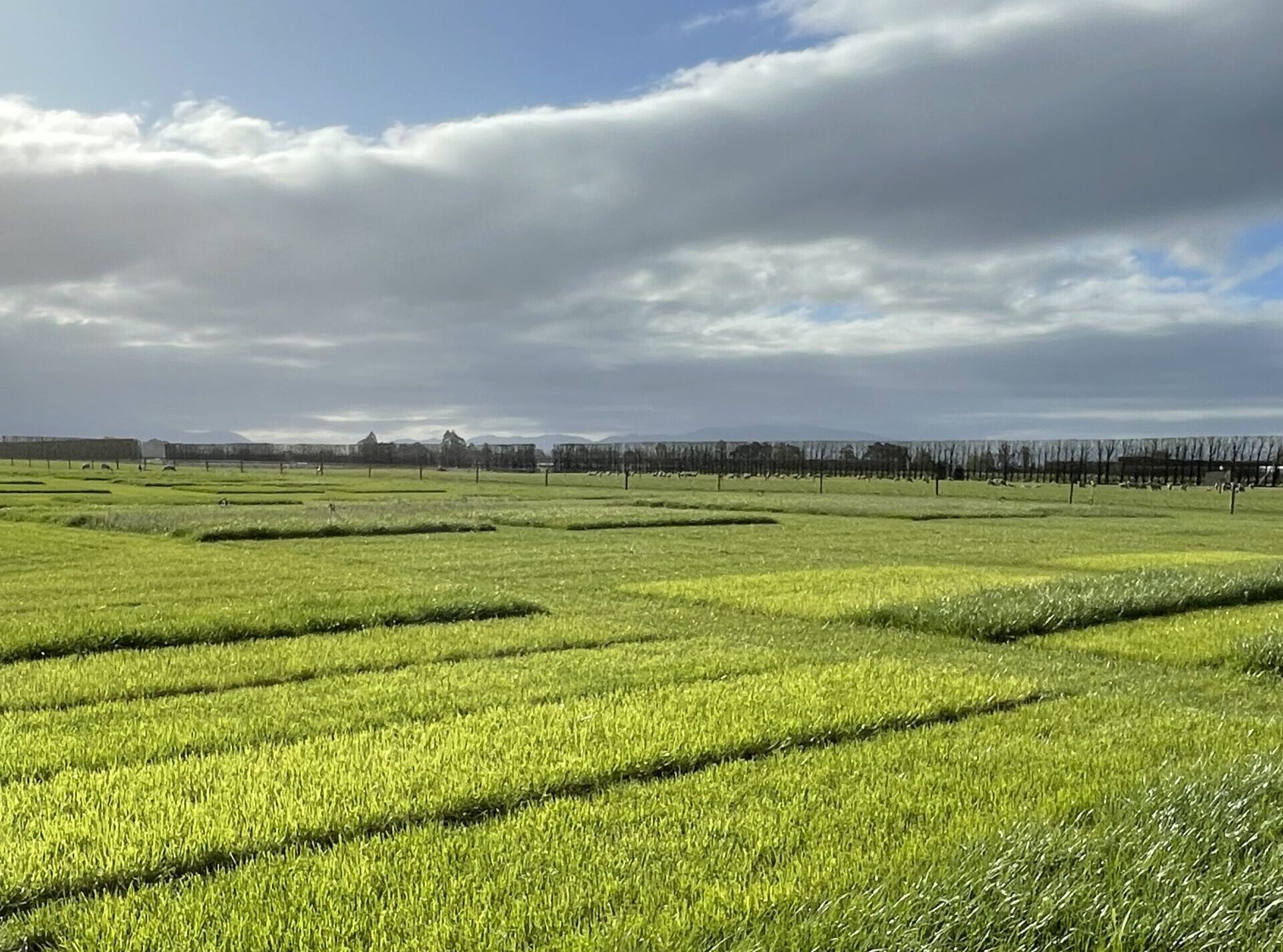By Farmers Weekly
Copyright farmersweekly

Reading Time: 2 minutes
Viewing the seasonal and annual yield results for most ryegrass cultivars is just a click away for farmers considering re-grassing options in the coming months.
They can view the 2025 National Forage Variety Trial (NFVT) results by going to the New Zealand Plant Breeding and Research Association (PBRA) website at www.pbra.co.nz and clicking on the Trial Data tab in the navigation bar.
The information ranks the regional and seasonal yields for perennial, hybrid, annual and Italian ryegrasses, produced from data collected from about 25 trial sites across the country.
Sam Lucas, forage systems manager at PBRA member company RAGT, said the NFVT provides insights on the performance of ryegrass cultivars produced by PBRA member companies, which are committed to research and development and support the robust testing regime.
“For farmers and field advisers, the results are an independent, trustworthy and up-to-date source of information for them to review and select the cultivars that should best suit their individual farm system needs,” Lucas said.
The regional and seasonal yield tables are where Lucas sees most value for farmers looking for cultivars that will deliver extra growth potential at key times of the year for their farm.
“For instance, a Canterbury dairy farmer might be looking to maximise summer feed production, so they need an option with superior growth at that time,” Lucas said.
“Or a sheep operation in Manawatū could have ewes with lambs at foot which have a high demand for quality feed in the early spring.
“In both cases, farmers and field advisers can delve into the NFVT tables, drill down into the results for their region of the country, and see a list of cultivars they should consider using.”
Displayed alongside each cultivar is the endophyte present in the seed, so farmers can choose one that will provide protection to the plant against attack from pests common in their region.
Graham Kerr, an experienced pasture champion at Barenbrug, urges farmers to dig deeper into the genetics of ryegrass, just as they do when buying semen for dairy cows or rams for a ewe flock.
“The genetics of ryegrass is really important to the farm system and ryegrass should be treated no differently to animal genetics,” he said.
“The NFVT tables give farmers a great way to filter out a selection of cultivars and then they can investigate them further, talk to an expert perhaps, and look at some of the other useful information like flowering date, palatability, or feed value which are all controlled by genetics.”
Kerr said pasture is a key asset for fuelling every farm system. It not only drives profitability, but a recent study has confirmed it also has a big influence on greenhouse gas emissions.
A recent 8000-farm study jointly funded by Fonterra, DairyNZ and Livestock Improvement Corporation showed growing and consuming more home-grown feed improves farm emissions efficiency.



